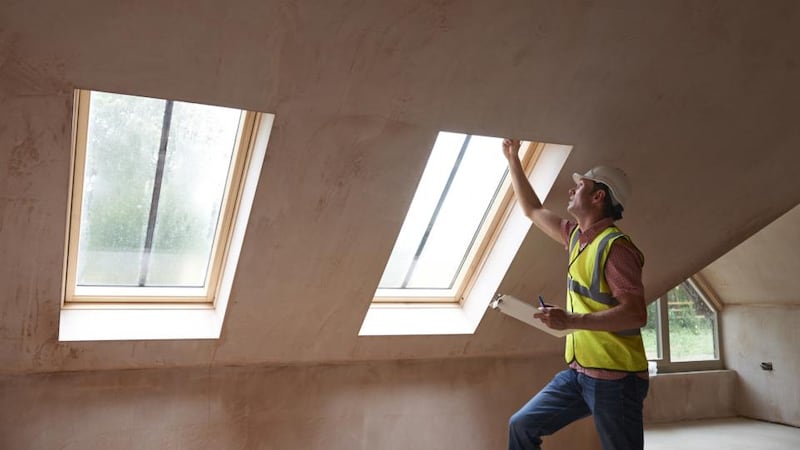People forget that architects don’t just provide good design, they can also save you money and guide you through the build process every step of the way. They have a wealth of experience you can tap into. But a home improvement is a complex process, and there are many ways the working relationship can derail. Here are seven tips to avoid making classic mistakes and get the best out of your architect.
Be sure you share the same style preferences
Firstly, you need to make sure you’re hiring the right person or firm for your project. Architects have different styles, from traditional to contemporary and everything in between. It’s essential that whoever you choose shares your style preference otherwise you’ll have an uphill battle trying to reconcile your differing points of view. Spend time researching different firms, look at the work on their websites. Social media sites such as Instagram, Pinterest and Houzz are also fantastic resources for familiarising yourself with the work of different firms.

Be upfront about how much you want to spend
Be honest with your architect about what you want and, more importantly, what your budget is. You might think keeping your budget secret will keep costs down, but, to best advise you, your architect will need to know exactly how much you have to spend. They can advise on what will add value and what won’t. They will also be able to tell you where it’s worth spending on structural elements and where you can scale back, such as with finishes, etc. You might find your funds don’t stretch as far as your expectations. The last thing you want is to run out of money halfway through or discover late in the project that had your architect known you had additional funds they would have made different decisions.
Trust the architect to make decisions
A good architect who is experienced in home design will help you to tease out ideas and constructively challenge your thinking. Resist the temptation to go looking for too many opinions. Not only will having too many viewpoints leave you feeling completely confused but you will also be undermining your architects’ position and risk damaging the working relationship.
Be clear about what you want
You know your home and will have ideas about how you want to change it. It’s essential that you communicate these to your architect so they really understand what your vision is and can offer a solution that best suits you. The more information you can put into your brief the better the outcome will be. Ideabooks or scrapbooks are a fantastic way to share thoughts and helpful in trying to describe your vision.
Whether it’s a bigger kitchen so you can entertain more, or an additional bedroom, it’s essential you are clear about your end goal. Don’t get too hung up on the steps involved to reach the goal. Your architect will help navigate you through.
Be decisive
The worst thing you can do is to start second-guessing and changing your mind. Chopping and changing throughout the design and build process is a recipe for disaster. Not only will this cost you time and money but it will put a real strain on relationships. It’s essential once you’ve signed off on the design to move confidently to the next stage.

Making decisions without updating the architect
It’s critical your architect has a clear picture of what is going on throughout the project. Even if the decisions involve things your architect is not directly responsible for, or involved in, it’s essential they are fully informed. All decisions are likely to have implications for other elements of the project. For example, if you are selecting specific finishes or fittings the lead time or fitting requirements may not fit into the project’s timeline, so adjustments will need to be made to the schedule or budget.
Hire someone you get along with
This is probably the most important advice of all. A full-scale home renovation and extension can take up to two years from the day you appoint your architect to the day you move back into your home. You will be communicating on a regular basis throughout this time so it’s vital above all else that you get along with the person you’ve chosen to work with.
Denise O’Connor is an architect and design consultant @optimisedesign












